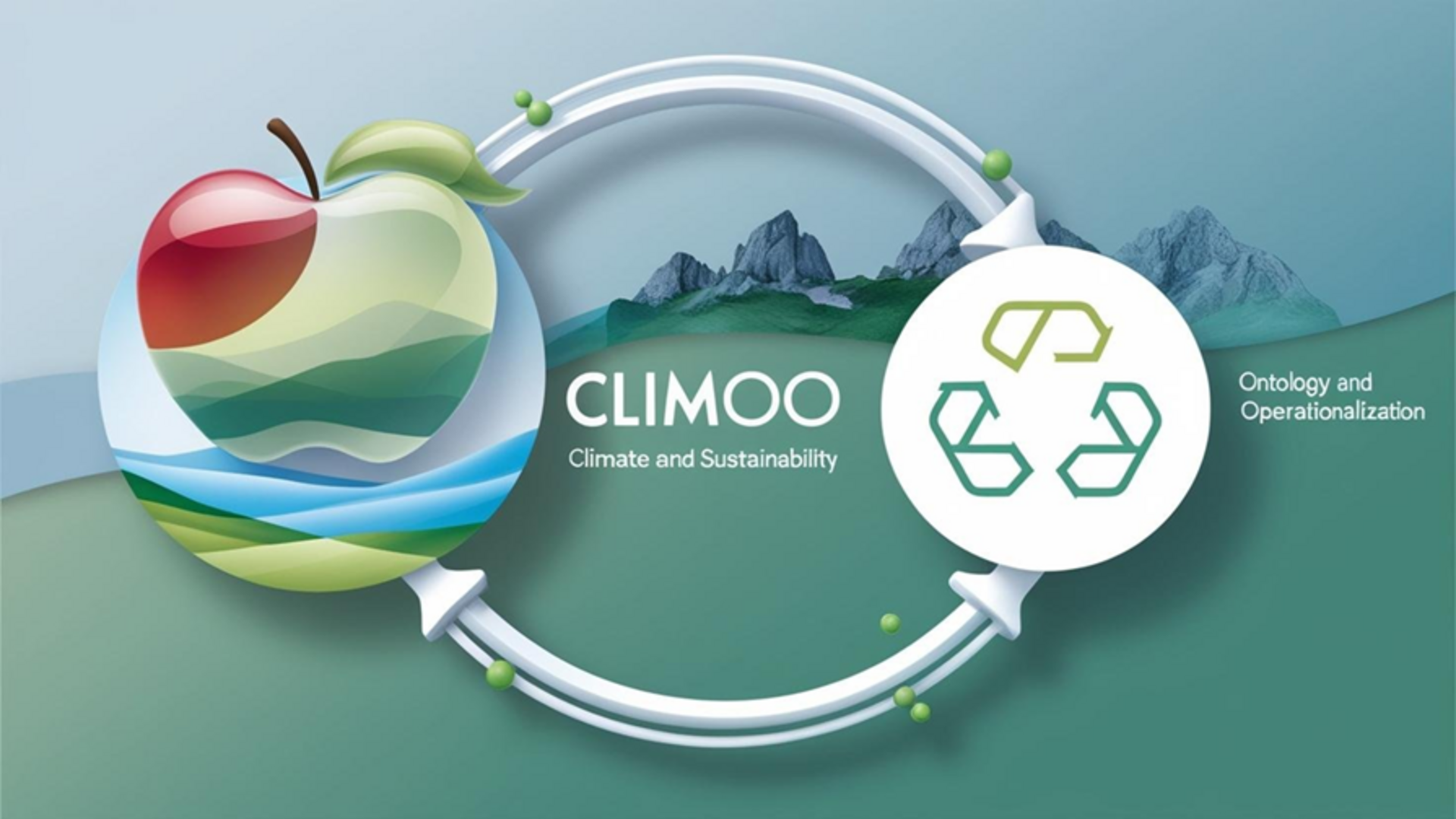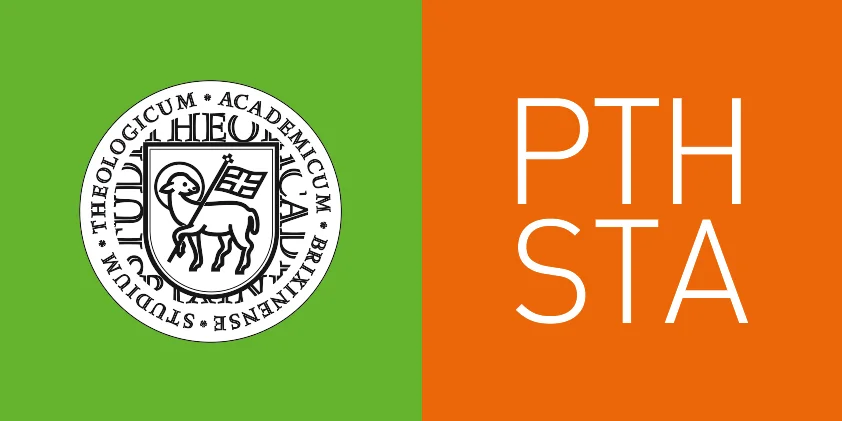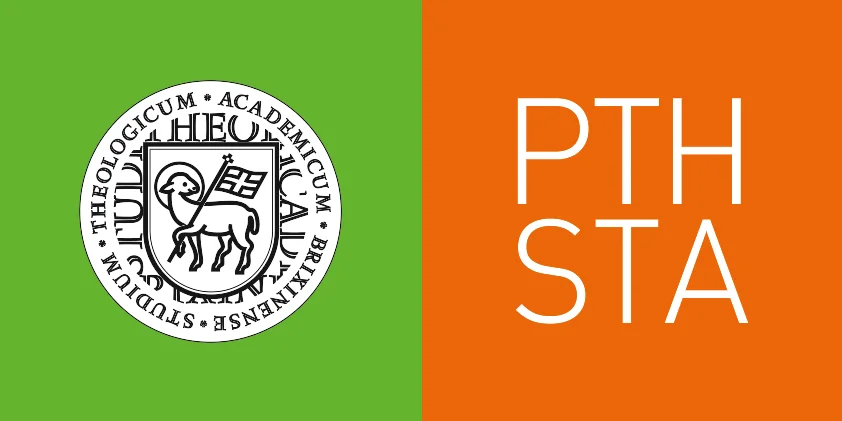Background
Climate change is a global problem requiring international cooperation. To harmonize measures and standards between countries, norms are needed which facilitates the implementation of global climate protection strategies. However, there are only a few internationally valid standards (e.g. ISO standards) that specifically deal with climate change, and these pertain to certain areas only, such as greenhouse emissions from large industrial plants. However not all climate-relevant areas are covered, and it is not known whether the existing standards are coherent and compatible. This stands in stark contrast to the need for climate and sustainability research, as well as the respective policies, to integrate diverse data. While meteorological data monitor weather phenomena directly, climate is much more difficult to describe, and the causes of climatic changes are manyfold. They can be operationalized by measuring, among others, the consumption of fossil fuels and deforestation. The effects make up an even wider field; in horticulture alone they can be measured, e.g. via the date of the first flush of vines or fruiters, sunburn damage in the crops, or the resulting wine quality.
As indicated by the KlimaPlan Alto Adige 2040, agriculture plays a crucial role in terms of local greenhouse gas emissions, in terms of CO₂ equivalent, being the second-largest contributor ranking only behind transport. One significant but often overlooked contributor to both greenhouse gas emissions and long-lasting environmental degradation is plastic pollution. During their lifecycle, plastics are complexly interwoven with climatic changes. With an estimate of 1,781 million tons CO2, the production, processing, and disposal of plastics have an important impact on global CO2 emissions (Feit & Muffett 2019). During the process of fragmentation of certain kinds of plastics, greenhouse gases with a much higher global warming potential (GWP), like methane and ethylene, are emitted (Frias et al. 2021, Li et al. 2024). Microplastics can affect the fertility of soil, the ability of biomass to bind CO2 (de Souza Machado et al. 2019., Ingraffia et al. 2022, Wang et al. 2024), with a dramatic impact also on aquatic algae (Boyce et al. 2010, Andrady 2011, Zhang et al. 2017, Guschina et al. 2020, Kögel et al. 2020, Cunha et al. 2020, Nam et al. 2022, Pencik et al. 2023, Yuan et al. 2023). Also, the presence of hydrophilic microplastic in the atmosphere could influence cloud formation and might thus be detrimental to climate stability (Wang et al. 2023a). Thus, plastics are detrimental to climate stability.
The analysis of plastics and microplastics is a relatively new area, especially compared to established fields like heavy metals or dioxins in environmental analysis. While scientific literature on plastics is extensive, it lacks a unified, standardized analytical approach, making cross-study comparisons difficult. This inconsistency also points to a critical gap in the normative landscape: current standards and regulations fail to comprehensively address the link between climate sustainability and microplastic analysis. For instance, while ISO standards, such as ISO 24187:2023, provide preliminary guidelines for microplastic analysis, they lack specific metrics for evaluating microplastics' impact on climate. This normative gap hinders the development of a cohesive policy framework that could guide sustainable practices and establish consistent methodologies for understanding and mitigating the climatic effects of plastic pollution. Developing such standards is essential to bridge the disconnect between climate policy and the environmental realities of plastic pollution, thereby enabling more effective action on both fronts. Given the environmental impact associated with the “plastic footprint” of agriculture, the issue has gained attention from scientists, policymakers, and institutions focused on environmental protection. In 2022, the United Nations Environment Programme (UNEP) dedicated a detailed study to the impact of plastics in the agricultural sector, highlighting the need for uniform methods and standards in tracking and assessing plastics’ environmental impact in agriculture (UNEP 2022). Similarly, a 2021 Focus Group by EIP-AGRI, part of the EU CAP Network, addressed the reduction of agriculture’s plastic footprint, recognizing a critical gap in norms that link climate sustainability goals with microplastic analysis in agriculture (Cornelis et al. 2021). This gap emphasizes the need for cohesive standards that integrate the broader climate impacts of microplastic pollution, both locally and globally, and establish robust methodologies for environmental monitoring and climate protection. Important policy issues concerning (micro)plastics will come up for decision both on local and international levels (Wagner 2024, Seas at risk 2024).
Philosophy of science has at length discussed the problem of operationalization for empirical research. Positions range from realism to operationalism. Realism is very much plausible for phenomena like length and mass, where it seems safe to assume that there is a feature in the world that we can measure through different means of measurements. Operationalism, in contrast, assumes that each method of measurement picks out different incomparable measurands – a tempting position for phenomena like intelligence, health, or climate and sustainability. Additionally, the specific challenges of operationalization that concern, say, plastic pollution as a key cause of climate change, are not yet sufficiently understood. Some studies of the operationalization of sustainability are reported in other sectors of aquaculture (Osmundsen et al. 2020). However, there remains a gap in systematically reviewing how sustainability in agriculture - particularly regarding plastic use - can be operationalized and measured. While various sustainability assessment methods exist, particularly indicator-based tools (Gasparatos & Scolobig 2012; Karnauskaitė et al. 2019), applying these to agriculture in relation to plastic pollution remains an ongoing challenge.
In the recent philosophical literature, there is an intensive reflection on new concepts like the Anthropocene (as postulated by Crutzen & Stoermer 2000 and Crutzen 2002; cf. e.g., Wobser 2024), of which the Great Pacific Garbage Patch, new “rock” formations like plastiglomerates and microplastics are crucial elements (Zalasiewicz 2016). However, microplastic infiltration has been questioned to be a reliable marker to determine the beginning of the Anthropocene, as microplastic particles trickle downwards into older sediments (Dimante-Deimantovica et al. 2024). Microplastics have even been found in organisms living in deep sea habitats like the Mariana Trench (Jamieson et al. 2017, Frias et al. 2021). Recently, it has been noticed that the infiltration of the human bodies with microplastics may already be changing the somatic experiences of human beings (Thomas 2024). Despite its importance, there is hardly any specific philosophical literature on microplastics.
A pragmatic approach is to integrate diverse data through semantic tools, by means of which measurement data can be annotated. Such tools are often called “ontologies” (from Greek logos, “Science”, and ontos, “of being”), as they are representations of the kinds relevant for a certain domain of reality. For climate and sustainability, a considerable number of such ontologies have been developed. To name but a few: the Environment Ontology EnvO, Climate System Ontology CSO, Sustainable Development Goals Taxonomy SDGO, Sustainable Development Goals Interface Ontology SDGIO, Sustainable Development and Climate (SDC) ontology, Domain Ontology of Sustainable Development in Economy (OSDE), Common Ontology of SD (COSD), Strongly Sustainable Business Models Ontology (Upward & Jones 2015), Social Ontology of Sustainability of Construction Projects (Edum-Fotwe & Price 2009), an ontology of sustainable manufacturing (Giovannini et al. 2012), and the Ontology of Social Sustainable Development OSSD.
In other fields of research, it has been shown that a combination of interoperable ontologies can be used to integrate diverse means of measurements, avoiding double-counting and increasing comparability (Washington et al. 2009; Fuellen et al. 2019). Gold standards in this endeavour are defined by the Open Biological and Biomedical Ontology Foundry (https://obofoundry.org; Smith et al. 2007), which aims at implementing the FAIR principles to make data Findable, Accessible, Interoperable, and Reusable (Jackson et al. 2021). According to these principles, an ontology should be developed based on a top-level ontology (Arp et al. 2015, Jansen & Smith 2008), respecting the logical constraints of the formal logical language used. A standard language is the Web Ontology Language (OWL), which is based on description logic, which is a decidable fragment of first-order logic (Baader et al. 2007).
According to standard ontology repositories, there is currently not yet a reference ontology for the domain of plastics pollution; nor are there yet any classes for annotating microplastic pollution in other extent ontologies (as evidenced by searches for “microplastic” on www.ontobee.org and https://www.ebi.ac.uk/ols4/, Sept 20, 2024). Relevant terms are, however, already contained in the AGROVOC Thesaurus of the United Nation’s Food and Agriculture Organisation (https://agrovoc.fao.org). Previous work has shown that the AGROVOC Thesaurus can be re-engineered as an ontology (Kless et al. 2016, Kless et al. 2012). Candidates for aspects to be considered in a future microplastics ontology are size, form, material, and origin of particles, as well as place, date, method, and result of probes taken.
In agriculture, the use of plastic materials has increased significantly worldwide over the past 70–80 years (FAO 2021). These materials offer numerous agronomic, ecological, and societal benefits: they are cost-effective, lightweight, and versatile, help increase efficiency in agricultural production and assist in conserving water or reducing the use of plant protection products (Andrady & Neal 2009; Scarascia-Mugnozza et al. 2012; Hofmann et al. 2023; FAO 2021). They are used in various fields, such as films, hail nets, irrigation systems, or as coating layers for slow-release fertilizers. However, the increased use of plastic materials also comes with significant ecological challenges as already mentioned, including a dependency on oil production and environmental pollution (Scarascia-Mugnozza et al. 2012). In particular, the disposal of plastic materials poses a major problem, as they often remain in the environment and degrade into microplastics. This accumulation in the environment (soil, water bodies) presents a risk to ecosystems and human health (FAO 2021). Microplastics can now be found in every remote part of our planet (Napper et al. 2020). This adds pressure to find alternatives and reduce the use of plastics in agriculture without compromising efficiency and productivity. In recent years, the topic has received significant attention in research, particularly regarding plastic residues in soils and their effects on the environment (Radford 2023; Sompouviset et al. 2023; Wang et al. 2023b; Mongil-Manso et al. 2023; Lakhiar et al. 2024; Rillig et al. 2023). A survey on micro- and macroplastic contamination across various land uses in Austria found microplastics at concentrations ranging from 199 to 1.529 particles/kg of dry matter (0.05–1 mm), with the highest levels of the polymers Polyurethane (PU) and Polystyrene (PS) detected in the soils of fruit crops. At the most contaminated sites, various plastic materials were utilized, including binding material, plant stakes, protective covers, irrigation hoses, and protective fleece and nets. However, contamination levels in fruit cultivation were among the lowest of all land use types investigated (Walch et al., 2024). It was, however, not specified which fruit crops were cultivated at the sampled sites.
Reducing the use of plastics in agriculture presents a crucial opportunity to align with the KlimaPlan's objectives. By cutting down on plastic usage and finding sustainable alternatives, the agricultural sector can not only reduce its greenhouse gas emissions but also mitigate the harmful effects of plastic pollution on soil, ecosystems, and the broader environment. However, little is known about the amount of plastics used in South Tyrol agriculture, their actual impact on soil pollution, and possible hindrances of substitution, be the lack of knowledge or lack of alternatives. For certain, while there is increasing interest in replacing plastics with sustainable alternatives, this is a complex challenge as plastic cannot always be easily replaced due to its unique properties. In apple orchards, binding materials could represent a major source of plastic, but pheromone dispensers, fragments of trimmer lines used for mechanical weed control, and remnants from the installation of irrigation systems or hail net systems may also contribute to plastic contamination. The use of dispensers has already been reduced in the past through the introduction of Puffers, a device for the release of pheromones to control the codling moth, however, for several applications there are currently few environmentally friendly alternatives available (Rehm & Thalheimer 2018).
Alternatives can be studied through the Life Cycle Assessment (LCA) approach, which evaluates environmental impacts. Nonetheless, this approach presents some limitations when applied to agricultural plastics, especially considering potential alternative solutions such as biodegradable materials. Crucial issues are related to modelling realistic waste management scenarios, developing more appropriate impact categories, and evaluating biorefineries, which represent the only non-fossil carbon source for biobased plastics (Razza & Ceruti 2017). Other alternatives can better understand the post-use pathway of non-reusable agricultural plastics (from collection to disposal/recycling). Some agricultural plastics, such as pesticide containers, can be efficiently cleaned and reused, while others, such as bale wrapping films, offer feasible collection and recycling due to lower contamination levels than ground-collected mulch films or are suitable for producing fuels (through pyrolysis), polymers (Hofmann et al. 2023), or converting agricultural plastics for use in other sectors, such as construction (Galati & Scalenghe 2021). These options are the subject of end-of-life of plastics (EoL) studies.
The attitude and awareness of individual farmers can also play a significant role in the transition to alternative materials. A survey among farmers in Ireland concluded that in general, farmers are informed about the problem of plastic pollution, including microplastics, but see the challenges in aquatic systems as greater than in terrestrial environments. Moreover, while most farmers confirmed to recycle agricultural plastic waste, the recycling rate is influenced by various factors, such as the type of plastic, costs, access to recycling facilities, and their knowledge of recycling processes. Close collaboration among governments, policymakers, and stakeholders seems furthermore necessary to implement effective strategies addressing plastic and microplastic pollution in agriculture (King et al. 2023). In South Tyrol, efforts are underway to reduce or replace the use of plastic materials. However, these initiatives face challenges due to various factors. Understanding farmers’ perspectives can be invaluable in developing effective strategies for this transition. By gathering their insights, we can better address their concerns and create more viable solutions for sustainable practices in agriculture.





